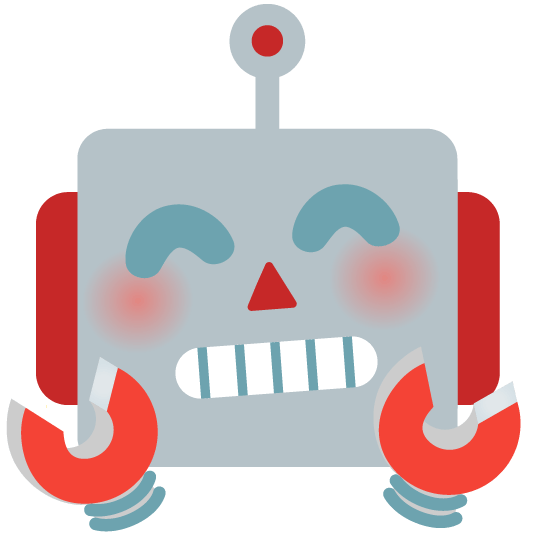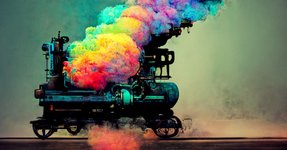Isabelle Levent
@isabellelevent
Isabelle Levent
@isabellelevent

Tech Ethics and

I think that the language model’s failure to dismiss the class results from a slightly different cause than my student’s failure to dismiss the class with the same utterance. While the student’s failure arises from their lack of authority, the model’s failure results from the fact that it functions more like a citation of language rather than a
... See more
There are a couple reasons why Wordcraft may have struggled with style and voice... Another reason could have been limitations of the underlying model. LaMDA and other similar language models are trained to be most confident on the kind of text they see most often–typically internet data. However, professional creative writers are usually writing
... See moreIn particular, anthropomorphizing the AI system mitigates the responsibility to the artist, while bolstering the responsibility of the technologist. Critically, this suggests that the responsibility that will be allocated to individuals in the creation of AI art will be dependent on the choice of language and framing used to discuss it
It becomes a question of who created a certain work of art.
Much of the discussion this year is about text-to-image, but I believe this is a temporary stage; these things are going to continue evolving very quickly.

Creativity and